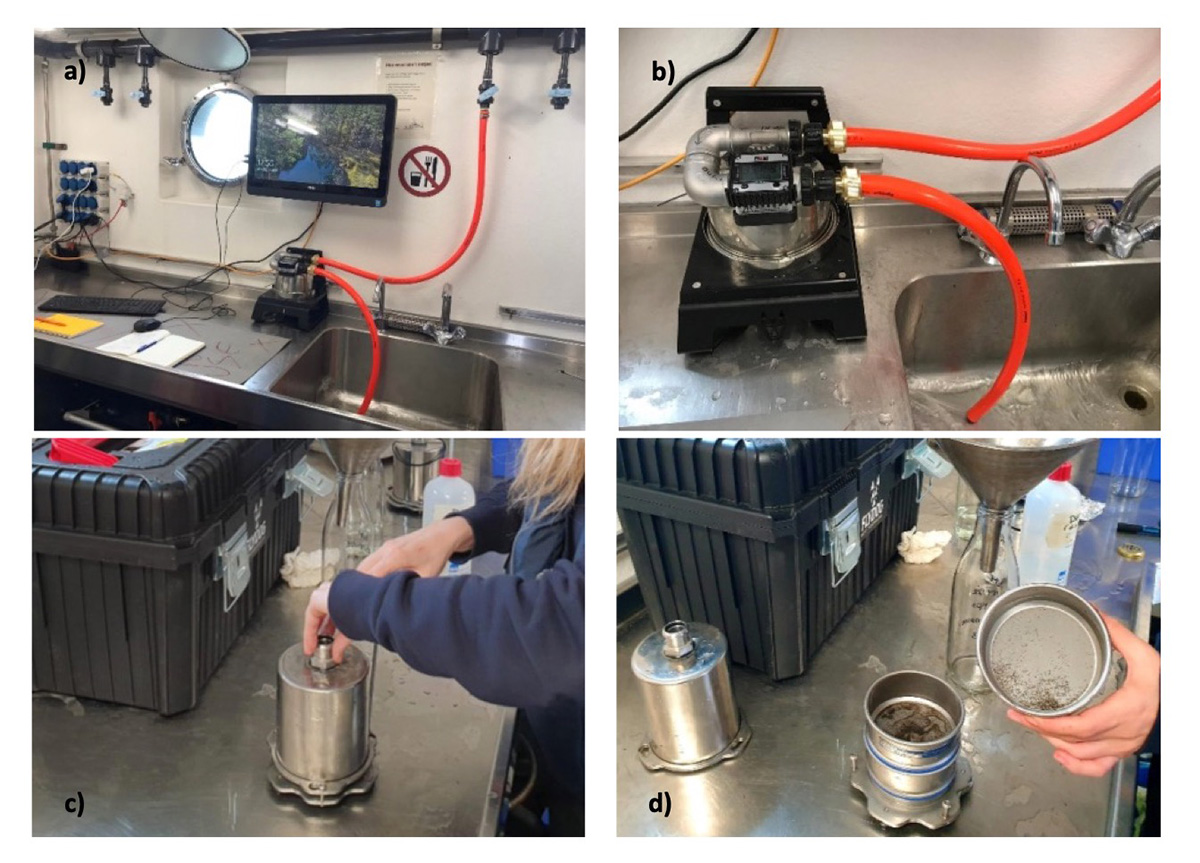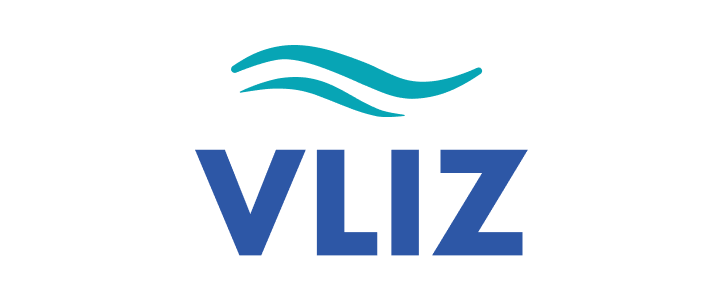
General Description
The Ferrybox sampling device collects microplastics and other microlitter in seawater or freshwater within three successive size fractions, for example > 50 µm, > 100 µm and > 300 µm. It is possible to go down to 20 µm with the adequate sieve.
The device is semi-automated and uses a collection module made of a series of sieves connected to the Ferrybox system onboard of a (research) vessel (Fig. 1a-b).
The water, which is connected to a pumping system, flows through the collection module, with the volume of filtered water and flow rate being recorded using a digital water flow meter (maximum flow rate of around 11-15 L/min for more contaminated water and 15-20 L/min for clear water).
After reaching the desired sampling volume, the sampling module is disconnected from the Ferrybox system.
Then, the outer housing of the module can be opened (Fig. 1c-d) for the recovery of the collected sample.
INSPIRE partner responsible for implementation:
VLIZ, Vlaams Instituut Voor de Zee – Flanders Marine Institute
Belgium

- Goal: Detection
- Target Litter: Microplastics and other microlitter in the water column
- INSPIRE Use Cases: Scheldt, Po, Douro and Rhine
- Contact: Mariana Miranda
- Email: mariana.miranda@vliz.be
- Contact: Ana Catarino
- Email: ana.catarino@vliz.be
- Website: vliz.be/en